While in South Africa we had an opportunity to do some volunteer work and also get some photos with the Salvation Army thanks to our new friend Arlene, who we met in Durban. Cato translates to Zulu as "poor," which it is without any doubt. Cato Manor was originally built for the massive Indian servant population in Durban (and South Africa in general), but there was a nasty conflict in the 80's and the Indians were pushed out.
There is government money being spent on housing projects in places like Cato Manor (called townships), but unfortunately the designs are poor and the timetable much delayed. I also took some photos of some of the houses in construction and I'll post those later to show what I mean. Despite the extreme poverty and high percentage of AIDS cases, the people welcomed food and the children enjoyed seeing their photos, many of them for the first time.
Extremely rich and extremely poor South Africans live in very close proximity to each other, with affluent living on just the next rise past Cato Manor. Furthermore, due to the recent collapse of Apartheid and more recently the changes made by the current President, racial prejudice is strong. Hopefully as time separates South Africa's current residents from the mistakes of the past they can coexist as equals. I also hope much more money is spent on programs such as this to give these children an opportunity to get out of Cato Manor and take advantage of all the great things South Africa has to offer.
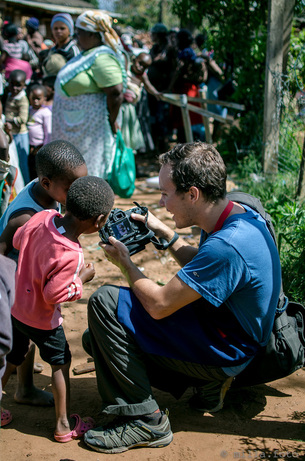 Here are a couple pictures of me, and what I've been up to. These are pictures taken by Lauren up at Cato Manor in Durban. I don't photography myself much, usually due to the length of my arms and being scared of my own reflection. This is during a Salvation Army soup delivery to this community and some shooting to effect change in a current project constructing houses in this village. More on that later, and more photos, though you can read more about it on Lauren's blog. Special thanks to Arlene for helping us out with this and everything in Durban!
 According to itself, Durban is "The Warmest Place to Be." It was easy to believe that leaving the house at 5 am this morning, when it seemed the midday heat was already settled on the town. It was altogether different upon arrival to Durban about two weeks ago. The first destination was, 1. to Johannesburg, and 2. skipped. About two weeks in South Africa and according to the travel guides Jo'burg, as they say it's called, is a big city but not the one to see, especially in such a brief visit to this diverse country. So tickets were quickly bought and a little bit of line cutting got us on board our third flight of the day from Jo'burg to Durban. This cheap plane ticket saved not only nine hours on a bus, but a potential super late arrival to an unfamiliar place. Most impressive of this whole day's travel was leaving hot, arid Egypt to arrive and end up on a few kilometer walk in the cool air and sometimes pouring rain to meet our first friend of many in Durban. That rain was welcomed whole-heartedly, as was the very Hawaii-like climate and landscape. Just a second ago I referred to Durban as a town, which in the section where we stayed some of our time felt true, however the city's population of approximately 3.5 million says otherwise. Either way, Durban is on the beach, and an impressive ocean it is. At first glance, which the landscape seems to always give you at an elevated view, the waves are endless. Waves upon waves, irregular, powerful, perpetual. You see some swimmers, see some surfers, then learn that Great White sharks are found in these waters...daily. Later I learned that a great deal of shark attacks happen in water that is about, say, knee deep.
That bring us to the KwaZulu-Natal (KZN) Shark Board. From their website, this is their mission:
Splendid. So how, you ask, do you protect bathers against shark attacks? It's relatively simple, they catch them. Most of the sharks caught are released, and the ones that aren't so lucky are studied for scientific research. The sharks are caught via a system of nets placed offshore, between the coast and open ocean, as well as series of baited hooks. But it's not a continuos barrier, in fact the nets are 20 meters apart and there is even significant room above the nets for sharks and things to swim to the shore. What's more, most of the sharks caught in the nets are caught returning to sea. Despite all this, the nets are so effective that there has not been a shark related death since they were installed many years ago. In fact only two serious attacks have occurred in protected waters in the last 30 years, so an incredibly successful program. Still, it's pretty strange to stand there and know that man eating sharks are so prevalent in these waters.
The Sharks Board also offers shark dissections, a program that is a great educational and awareness tool, and let's be honest it's really cool too. Here are some photos from a dissection of a black tipped reef shark:
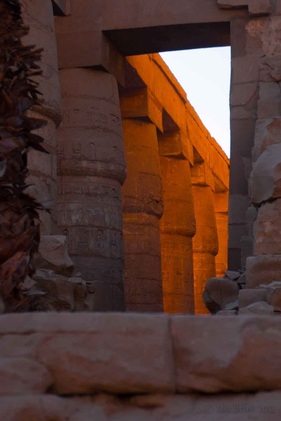 Luxor, a 10 hour train ride South of Cairo and two hours North of Aswan- better than Luxor and not to be missed. We missed it. Not enough time, but based on our experiences in Luxor I definitely plan to come back and make it to Aswan, and again to Luxor, hopefully more time in both locations. A four day cruise on a multi-level "hotel ferry" costs about 300USD and takes four days from Luxor to Aswan. Three Hundred of these boats used to operate on regular runs linking the two cities in a consistent flow of tourists. Now, based on recent political developments, the decrease in tourism has turned Luxor into more of a ghost town when compared with the droves of tourists you read about. We were told that only about ten of these cruise ferries are operating now and they're not even running that much. All that being said, the ruins are unchanged by today's politics and the sites are well worth visiting.
 These photos are both from Karnac, as well of some in the slide show below which also includes a view of Luxor Temple and shots of the Nile.
We met the Daring Dynamos in Luxor and learned about their two-year as-many-kilometers-as-it-takes journey around the world to raise 75,000£ for War Child, a charity based in the UK that operates internationally to aide children affected by armed conflict. With only two days in Luxor we did our best to see the sites and explore how life here was different than in Cairo and Alexandria. We arrived early in the morning after a ten hour sleeper car train, took a ferry across the nile, met our awesome host Ernesto and the Daring Dynamos, and after some coffee headed to town to check our Luxor Temple. After dark on this very long day we settled down with some Stella and shisha at Sinbad's café to discuss among other things the world, cycling, language, and the cosmos.
I haven't stayed at every hostel in Cairo, but I'd be comfortable recommending Dina's as the best. The room we had, #12, was one of the last ones available when we booked, though looking at it from the outside of the building it looked like the best room in the building. Inside the air conditioning, hardwood floors, and a surprisingly comfortable bed made it even better. This was by the largest room we've stayed in, and the high ceiling with tall doors and windows made it seem all the more grandiose. Dina's has a spacious and bright common area, actually two, for sitting and one with a computer for guest use. The hostel has wifi and free breakfast (with egg and cheese, our best hostel breakfast on this trip), though the best part is the easy going staff that is at the same time laid-back and totally helpful. If you're in Cairo, or ever plan a trip here (which you should, the pyramids are worth it), this is the place to stay. Even on a tight budget you can afford a dorm bed or even a private room, and even if you're used to staying in more expensive (nicer?) places the atmosphere at Dina's alone makes it the clear choice.
Alexandria, city of the ancient library and now the impressive new library (see photos in a previous post), had a more relaxed European feel than previous North African cities. As our gracious host mentioned, Alexandria is a city alive during the day, while Cairo lives at night. Alexandria lies on the Mediterranean and the temperature had dropped a bit on the day of our arrival. A cool breeze blows in from the sea, and the complicated maze of wide streets and spacious cafés seem to channel the breeze into the heart of the city. We met a variety of great locals and foreigners, all living and working in Alexandria. The songs from one evening can be heard in the video below, from an evening enjoying the company of some Italians who became friends after randomly finding each other in this ancient city.
Cairo, the first stop in Egypt. Travelers before us had warned abou the dangers, annoyances, and hassles prompted by reduced tourism as a result of Egypt's current political climate, and we were a bit uneasy about the potentially incessant barrage. It was a pleasant surprise when the shops, taxis, camel drivers, and other vendors were pushy but nowhere near as aggressive as we'd been lead to expect. One of the many great people we met was Ryan Harvey, an American musician and founder of the Riot Folk Collective in the US. Unfortunately we had to leave Cairo before his show, but we'll definitely catch him sometime back home. Of course the pyramids, just outside Cairo at Giza, were on the itinerary. We didn't make it until before the flight on the last day before departing to South Africa.
Here is one moment in time traveling by bus across Tunisia.
|

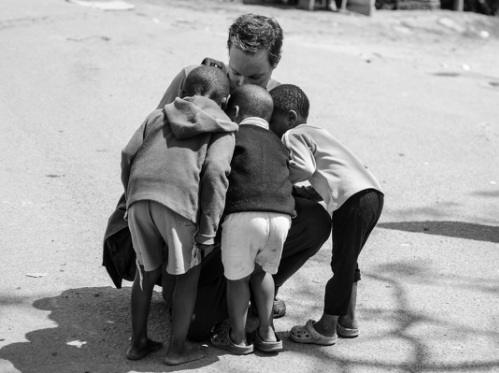

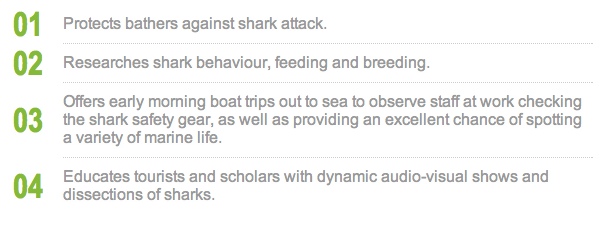


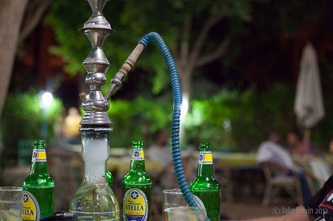
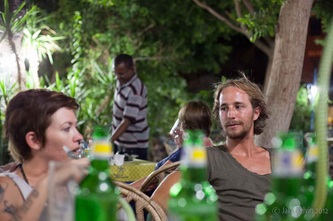
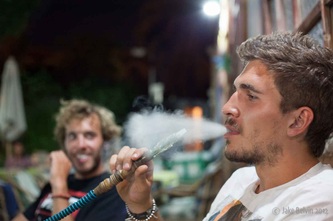
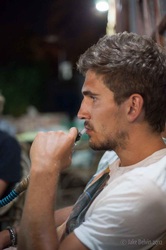
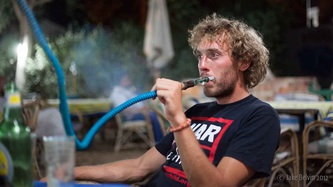
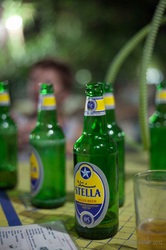
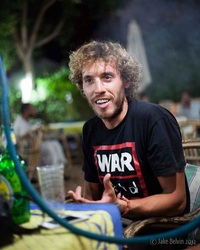
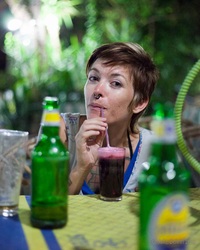
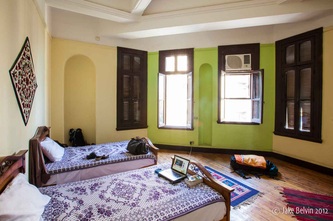
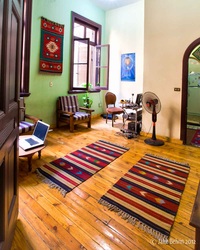
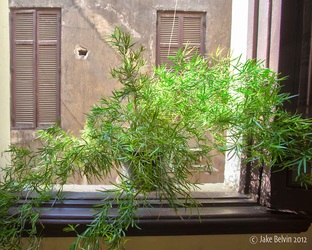
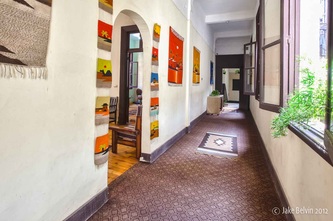

 RSS Feed
RSS Feed